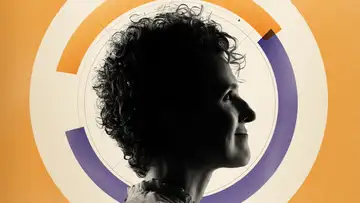Native American Voting Rights, Russia & American Democracy, Media Literacy and ConspiraciesTop of Mind with Julie Rose • Season 1, Episode 728
Jan 17, 2018 • 1h 43m
Native American Voting Rights
Guest: Michalyn Steele, JD, Professor, Reuben J. Clark Law School, Brigham Young University
Across the country, there’s been a wave of legal challenges to state voter laws and district boundaries brought by Native American tribes. Alaska, Arizona, Montana, Nevada, South Dakota, Utah, Wyoming have all had - or currently have - court challenges related to Native American voting rights. What’s driving these challenges?
Russia and Threats to American Democracy
Guest: Lucan Way, PhD, Professor, Political Science, University of Toronto
President Trump’s most ardent critics talk about American democracy being in decline and use words like “autocracy” and “authoritarian.” Are they being overly dramatic? Probably. But University of Toronto political scientist Lucan Way says democracy isn’t as clear cut as you might think: there are shades of gray, and the 2016 presidential election showed a lot of gray.
Special Collections: Toilet Seat Art Museum
Guests: Barney Smith, Owner, Artist, Toilet Seat Art Museum; Mark Burns, Host, Special Collections, BYUradio
Most artists work on paper, wood, or canvas, but 96-year old Barney Smith has been making art for 50 years using quite a different medium, toilet seat covers. He was inspired by the hunting mounts that his family used for trophies when he was a child. They’re shaped like shields and he thought they’d make a great canvas. Now he has an entire garage filled with toilet-seat-cover art. Approaching 100 years old, he’s decided to sell his collection, but he took time out to talk with our colleague Mark Burns.
Check out these toilet seats here.
Stories with The Apple Seed
Guest: Sam Payne, Host, The Apple Seed, BYUradio
News Media Literacy and Conspiracy
Guest: Stephanie Craft, PhD, Professor of Journalism, University of Illinois
Today President Trump had said he’d hold his “Fake News Awards” to single out “the most corrupt & biased of the Mainstream Media.” It’s unclear if that event will actually happen, but Trump has made no secre